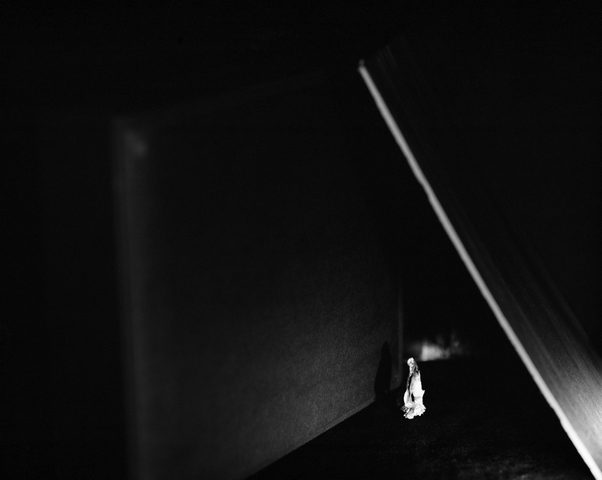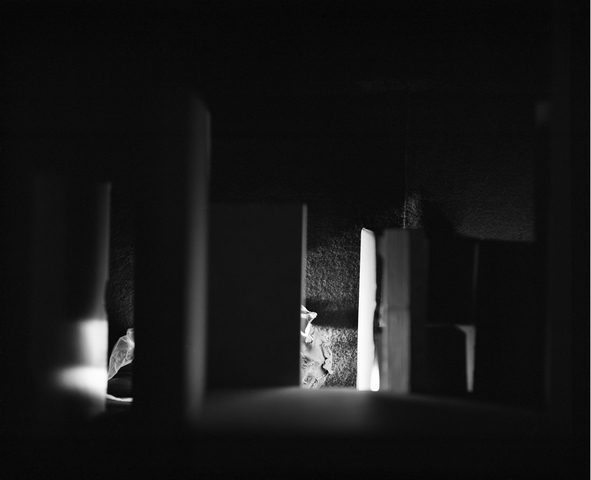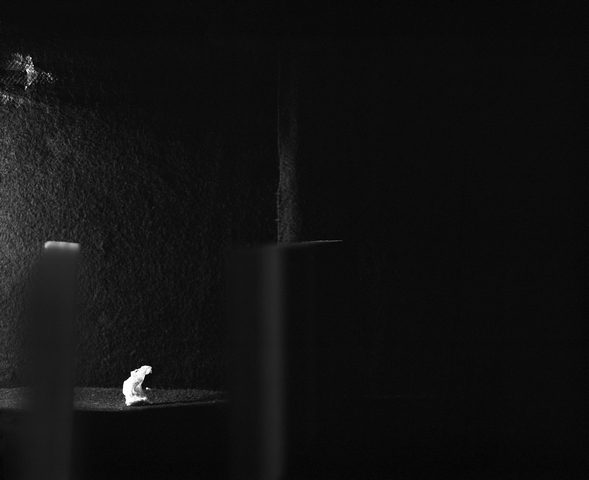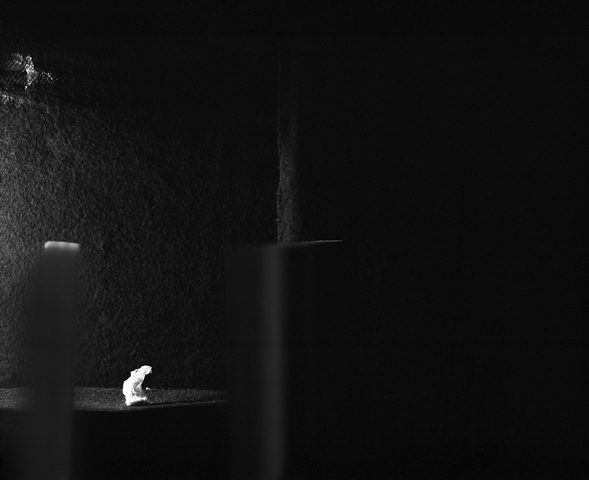INTERVIEW: George Hadjimichalis
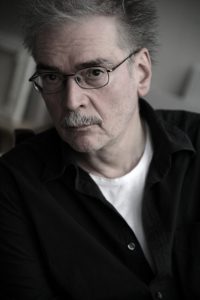
George Hadjimichalis is the most important artist of his generation, with ripe and concentrated work that articulates international word and creates an international dialogue, from the Documenta IX of Kasel, to the Venice Biennale, from the “Hospital” and the retrospective exhibition of the painter A.K. at EMST (National Museum of Contemporary Art), until the “Details of a City and a Portrait”, that is presented at the Eleftheria Tseliou Gallery. On his recent solo exhibition, we met him, to discuss his new work consisting of eight black and white and a color photos and explains how all these artworks are related. Externally can be look like different, because their iconography differs as the expressive means he is using each time, to express his concerns, his positions, his thoughts and his anxieties, but behind all of this, he is the same man. While the way the artist can face what is happening around him, the difficult socio-political conditions and the dead ends, it is only through art.
By Efi Michalarou
Photo: Elftheria Tseliou Gallery Archive
Mr. Hatzimichalis in the retrospective of A.K. at the EMST, you presented a series of works with central figure the painter and around him, you shape a visual novel, what is your need as an artist to operate like an artistic novelist?
The exhibition at EMST was a retrospective of the painter A.K., in which exhibited 304 works. This project entitled “The painter AK” A Novel finished in 2011. So I exhibited the works – of a hypothetical painter – which through them, someone can see elements of his life. I have absolutely no need to act as a visual novelist, frankly no. However, I was curious, usually this is creating my artworks, to see how I can and if I can make the work of another man and making it, no matter if you want it or not, you create a story, a myth.
In this series of works, you negotiate with the profound human existential agonies, the agonies of A.K. Are identified with yours?
Not at all.
The photos presented on your solo exhibition in Eleftheria Tseliou , are associated, with clear visual and conceptual references to your previous work, the life and story of the A.K. continue to concern you?
Somehow, always a project brings another. At the series “The Painter A.K.” I used the same initials I had given to the protagonist of the video “A Moment in the Mind of Mr. A.K.”, that this video is a part of my project “Hospital”. Colin James, who has written a small text accompanying the present exhibition argues that there, is a relation of the works shown here with those of A.K.. Perhaps, maybe, but I do not see it that way. They are works that I made, just after I finished the adventure of A.K., so it is natural that there is a sequel. However, what I really like in the text of Colin James is the idea of the revelation of a view, outside of an enclosure that is identified with flights of fancy of a trapped inside this space. The life of A.K. does not concerns me at all, except one story from a neighbor of the A.K. home at Polila Str., that story, told me a friend- colleague, that in the 60s or the early 70s, there at the number 51, killed himself a painter, and if I remember well his name started with K., it’s great coincidence(!)
How many similarities and how many differences, have your lives? What are the points of intersection and what the points of divergence?
Absolutely none.
The world of AK balances on the edge of shadow and nothingness, since all events in his life played in inside of a house The house is symbolically the self-entrapment but involves safety, distance and protection, creating meanings that coexist in between, just like the black and white photos that stand between the darkness, light and shadow?
Not all the facts. His encapsulation happens in 1977. Until then he lived as a normal human and slowly he had developed insuperable psychological problems. The house at the end of his life, may involve safety and distance, but his encapsulation is product, not for security from the outside world, but the torture of a man that creates a closed circuit (he and his house) and imprisoned in this circuit, he handles his life.
The use of black and white and the lack of color contributes to the intensity of emotions?
I do not think so.
Melancholy, moodiness and insecurity spread around us, because of a wider social and economic crisis, these are reflected in these artworks, affect you as a person and artist? Finally, do you think that humanity will overcome this deadlock?
Naturally, they affect me, as a human deeply. I do not know if I by managing my life, I am able to overcome the deadlock created by our society through the unethical wealth management; I am talking of course not only our country. The artists will continue to work, to produce artworks, to organize exhibitions and other things, but the significance of this, if any, will be seen in what they will see the next generations. A reading, once again, of the “Fahrenheit 451” I think is absolutely useful.
First Publication: www.dreamideamachine.com
© Interview – Efi Michalarou
Info: Eleftheria Tseliou Gallery, 3 Iraklitou Str., Kolonaki, Athens, Duration: 11/12/1-24/1/15, Days & Hours: Tue-Fri: 11:30-20:00, Sat: 11:30-15:00, www.tseliougallery.com
